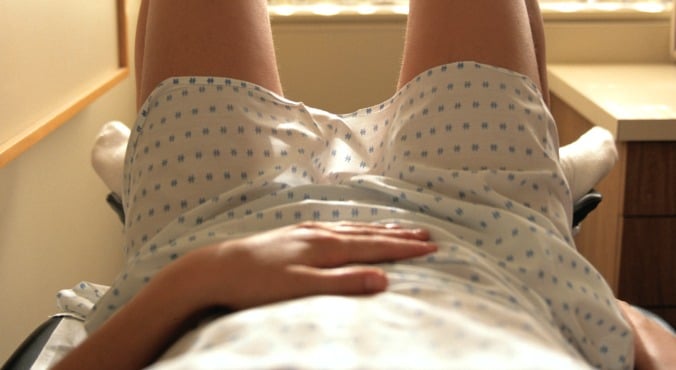
Image via iStock.
Want to know what really happens before, during and after a pap smear? Dr Evelyn Lewin takes you behind the scenes to find out.
Let’s start with some basics. A pap smear is a simple medical procedure that can be performed by your GP. The whole point of a pap smear is to take cells from the lining of your cervix (the cervix is the opening of your uterus). These cells are then sent off to a lab to be analysed for changes that may lead to cervical cancer (or for cancer itself).
Why do I have to have one? Can’t I just do a blood test or something instead?
Because your cervix is located at the end of the vaginal canal, the only way to access it is through (you guessed it) the vagina. So while having a pap smear isn’t fun, it’s necessary.
And while having pap smears doesn’t change your risk of getting cervical cancer, monitoring your cervix regularly means that if an abnormality does occur it can hopefully be detected and treated early, before the abnormality turns into cancer.
Look, I’ve been monogamous for 10 years and never had a problem. Can’t I stop getting them now?
If you’re a female aged 18 or over who has ever been sexually active then you need to have one. Obstetrician and Gynaecologist Dr Michael van der Griend says you should start getting them within 12 months of becoming sexually active if you’re older than 18. Oh, and you still need to have regular pap smears even if you’ve had the HPV vaccine. Sorry. (Dr Ginny and Shelly Horton talk about what a “normal” vagina looks like. Post continues after video.)
